When you visit Tochigi Prefecture, there’s one strawberry variety you absolutely must try. It’s called Tochihime, and the experience is something special. Picture this: deep crimson berries, impossibly juicy, with a sweetness that fills your entire mouth. Here’s the catch though. Tochihime makes up just 0.2% of strawberry production in Tochigi. That’s what makes it truly extraordinary.
Why is it so rare? The answer lies in the fruit’s remarkable delicacy. The skin is so tender that shipping these strawberries to market is nearly impossible. You can only find them at strawberry picking farms or roadside stands right where they’re grown. Today we’re going to explore everything that makes Tochihime worth seeking out.
Basic Information About Tochihime
Tochigi Agricultural Experiment Station began developing Tochihime back in 1990. The variety received official registration in 1998. The name combines several meanings: “Tochi” from Tochigi Prefecture, a play on the word for land, and “hime” meaning princess.
This variety was specifically designed for direct sales at tourist farms and farm stands. The skin is exceptionally soft, bruising at the slightest touch. That fragility means long-distance transport just isn’t feasible. Even within Tochigi Prefecture, only a handful of farmers cultivate it. The production numbers tell the story clearly: just 0.2% of the prefecture’s total strawberry output.
Characteristics of Tochihime
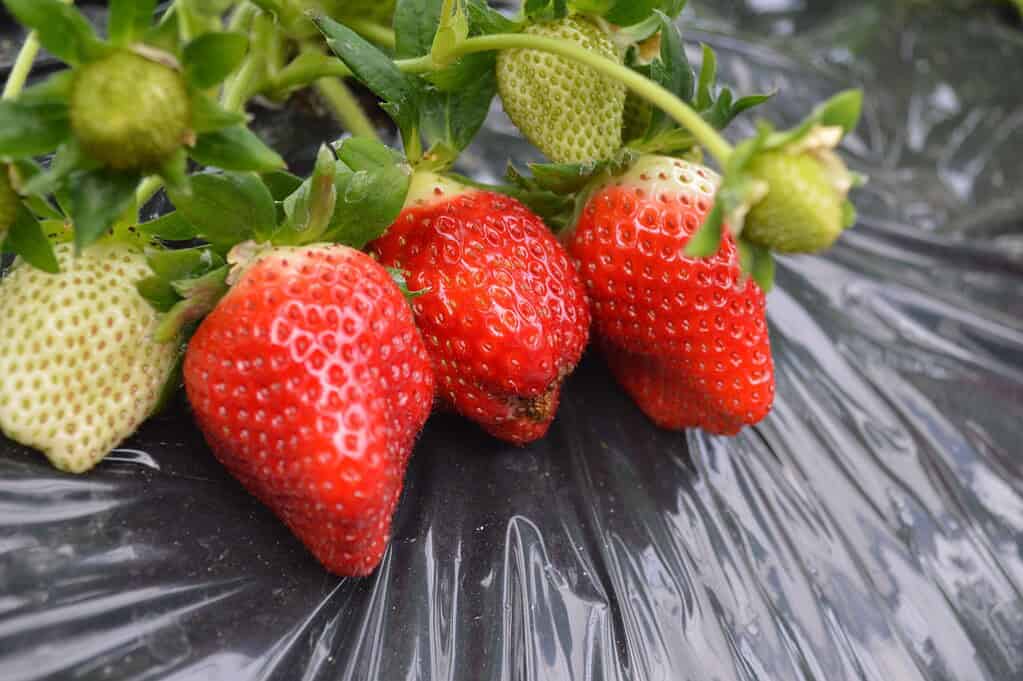
The appearance of Tochihime immediately catches your eye. Deep red coloring with a glossy sheen makes each berry shine. The shape forms a perfect cone, noticeably larger than the more common Tochiotome variety. Some berries grow as large as a 500-yen coin, which really is quite impressive.
The flavor profile matches the sweetness level of Nyoho strawberries. However, the acidity stays remarkably low, allowing the sweetness to dominate your palate. The flesh displays a vibrant crimson color and releases abundant juice. That first bite delivers an experience unlike other strawberries, with juice practically flooding your mouth.
The softness of the flesh deserves special mention. You won’t need a knife. These berries yield to the gentlest pressure from your fingers, sometimes almost too easily. This extreme tenderness explains exactly why commercial distribution remains impractical.
From a cultivation standpoint, the plants produce flower clusters continuously throughout the season. Forced cultivation can yield over 600 grams per plant by late April. The downside? The seedlings prove susceptible to disease, with farmers sometimes losing more than half their transplants.
History and Development of Tochihime
The story of Tochihime begins in 1990, when researchers at Tochigi Agricultural Experiment Station embarked on developing a new strawberry variety.
They selected Tochinmine as the mother plant. This variety offered large fruit with excellent flavor. The father was Kurume No. 49, also known for large berries and high yields. Interestingly, the later-developed Tochiotome reversed this pairing. That makes Tochihime and Tochiotome something like sisters in the strawberry world.
The 1990 cross produced 194 seedlings. From this group, researchers selected individual plants showing superior characteristics. One particular specimen received the designation “90-13-3.”
By 1993, full-scale trials began under the strain name “Tochigi No. 13.” Researchers examined cultivation adaptability under various conditions and conducted detailed characteristic evaluations.
The year 1997 brought test cultivation specifically for strawberry picking operations and farm stands. At this point, the findings became clear: while unsuited for market distribution, the variety proved ideal for agritourism.
Then in 1998, the application for variety registration went forward under the Plant Variety Protection Act. The chosen name was Tochihime, reflecting “Tochi” from Tochigi Prefecture, “chi” suggesting locality, and “hime” capturing the beautiful, delicate nature of the fruit.
Comparing Tochihime with Other Strawberries

Comparison with Tochiotome
Tochiotome represents Tochigi Prefecture’s flagship variety, holding the title of Japan’s most-produced strawberry for many years. The most significant difference between these two varieties comes down to their reversed parentage.
Looking at appearance, Tochiotome shows bright red coloring with shallow indentations around the seeds. Tochihime displays deeper red tones and grows noticeably larger. The weight difference becomes obvious when you hold them side by side.
The flavor profiles diverge in interesting ways. Tochiotome reaches sugar levels approaching 10 degrees Brix, balanced with moderate acidity. The interplay of sweetness and tartness means you can eat berry after berry without tiring of the taste. Tochihime measures around 8 degrees Brix, somewhat lower in sugar content, but the near-absence of acidity creates an impression of intense sweetness.
Texture provides the clearest distinction. Tochihime feels substantially softer and juicier. The juice content exceeds what you’d find in Tochiotome, giving you that melt-in-your-mouth sensation.
The peak seasons differ slightly as well. Tochiotome appears from November through June, reaching perfection between January and February. Tochihime runs from December to May, with the best quality arriving between February and April.
Price reflects the differences in rarity and labor requirements. Tochihime costs roughly double what you’d pay for Tochiotome. Expect to pay around 100 yen per berry for Tochiotome, while Tochihime commands about 200 yen per berry.
Comparison with Awayuki
Awayuki comes from Kumamoto Prefecture and represents an entirely different approach to strawberry cultivation. The characteristics stand in stark contrast to Tochihime.
Color provides the most obvious distinction. Tochihime’s deep red contrasts dramatically with Awayuki’s creamy white to pale pink hue. The name Awayuki means “light snow,” perfectly capturing the delicate coloration.
Flavor comparisons reveal interesting differences. Awayuki achieves sugar levels between 12 and 15 degrees Brix. Compared to Tochihime’s 8 degrees, that’s considerably sweeter. Both varieties keep acidity low, though Awayuki delivers a more refined, silky sweetness.
The textures diverge as well. Awayuki melts on your tongue with a creamy quality. Tochihime bursts with juice, flooding your palate with liquid sweetness.
Both varieties share one crucial characteristic: extremely limited distribution. The soft flesh makes both varieties prone to damage, restricting availability to farm-direct sales and premium fruit boutiques.
Price ranges show similarities. Awayuki sells for 500 to 1,000 yen per berry, while Tochihime goes for around 200 yen. Both exceed standard strawberry prices significantly, though Awayuki occupies the more premium position.
Growing regions differ clearly. Tochihime grows exclusively in Tochigi Prefecture. Awayuki cultivation centers in Kumamoto Prefecture, with small quantities also produced in Fukuoka and Nara Prefectures.
Restaurants Where You Can Experience Tochihime
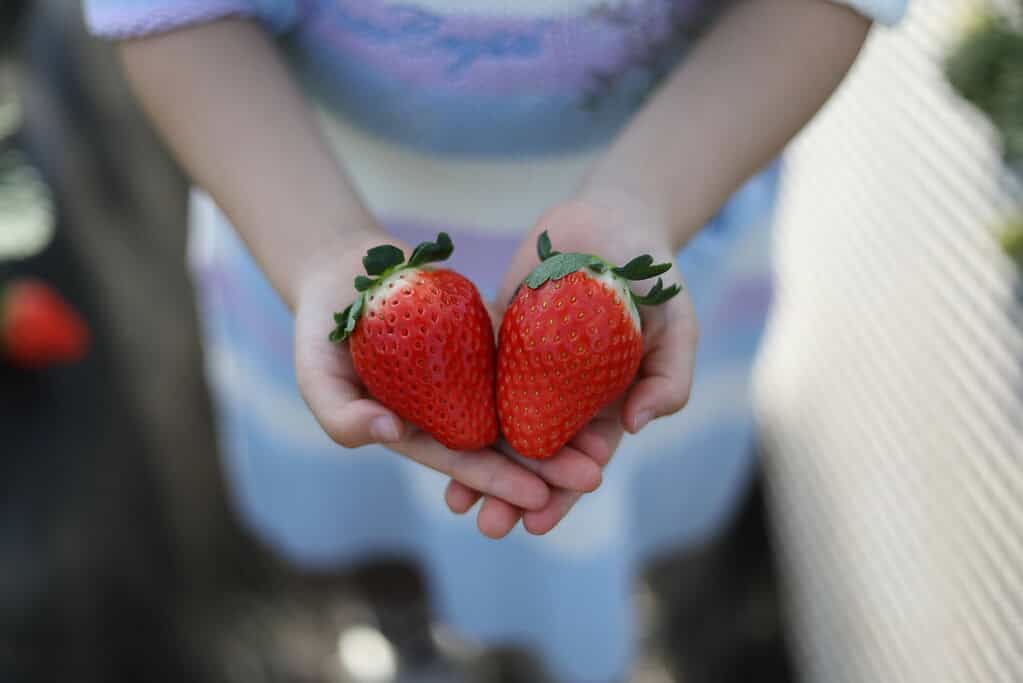
Ichigo no Sato (Oyama City)
Ichigo no Sato operates as a popular agritourism destination in Oyama City, Tochigi Prefecture. The facility embraces a slow-life resort concept, offering fruit picking experiences throughout the year. The farm provides a special plan featuring five strawberry varieties, including the rare Tochihime. Their “Strawberry Picking DELUXE” plan gives you a full hour to compare Skyberry, Tochiotome, Tochiaka, Tochihime, and Milky Berry. You can explore the differences in taste, texture, and aroma at your leisure, discovering your personal favorite. The facility houses a buffet restaurant called Ichigo Ichie and a café named Ange Fraise, both serving sweets made with fresh strawberries.
Takahashi Farm Kamagawa Store (Utsunomiya City)
Takahashi Farm Kamagawa Store opened in November 2021 as a strawberry specialty café near Orion Street in downtown Utsunomiya. The shop gained attention for its towering fruit parfaits made with fully ripened strawberries from their own farm. During strawberry season, they feature parfaits loaded with precious Tochihime. Some versions contain 37 strawberry halves, creating quite a spectacle. The interior offers counter seating, tables, and uniquely, camping tent-style seats, all within a stylish atmosphere. The farm’s commitment to harvesting ripe strawberries and serving them the same day means you experience Tochihime at peak sweetness and freshness. Their strawberry sandwiches for takeout have become quite popular as well.
Agri no Sato (Tochigi City)
Agri no Sato in Otsuka-cho, Tochigi City, stands as one of the precious spots where you can actually pick Tochihime yourself. The location works well, about 15 minutes by car from Tochigi IC on the Tohoku Expressway. Multiple large greenhouses mean you might even enjoy the experience in near privacy, depending on the season. Tochihime picking requires advance reservations and costs 200 yen more than their standard Tochiotome and Tochiaka plan, but the value justifies the price. You get 30 minutes of all-you-can-eat access to the farm’s pride: large, sweet Tochihime berries. The strawberries grow in fertile soil that produces intensely sweet, uniformly sized fruit. The location also works perfectly for combining with visits to the historic kura district in downtown Tochigi or Mount Taihei. You’re in for a luxurious experience, savoring this phantom strawberry to your heart’s content.
Conclusion
Tochihime represents something truly special in Tochigi Prefecture’s agricultural heritage. The deep red coloring, large size, and incredible juiciness set it apart. That tender skin prevents commercial distribution, keeping production at just 0.2% of the prefecture’s total output.
Compared to its sister variety Tochiotome, Tochihime grows larger and tastes less acidic. Kumamoto’s Awayuki brings luxury through its white appearance and premium positioning, while Tochihime delivers intensity through deep red flesh and abundant juice. Both varieties share exceptional rarity.
The development journey spanned eight years, from the 1990 crossing to 1998 registration. Designed specifically for agritourism operations, the variety continues attracting devoted fans.
When you find yourself in Tochigi Prefecture, make experiencing this phantom strawberry a priority. The freshness available only at the source, that sweetness flooding your mouth with juice—encountering Tochihime will create memories that stay with you long after the season ends.
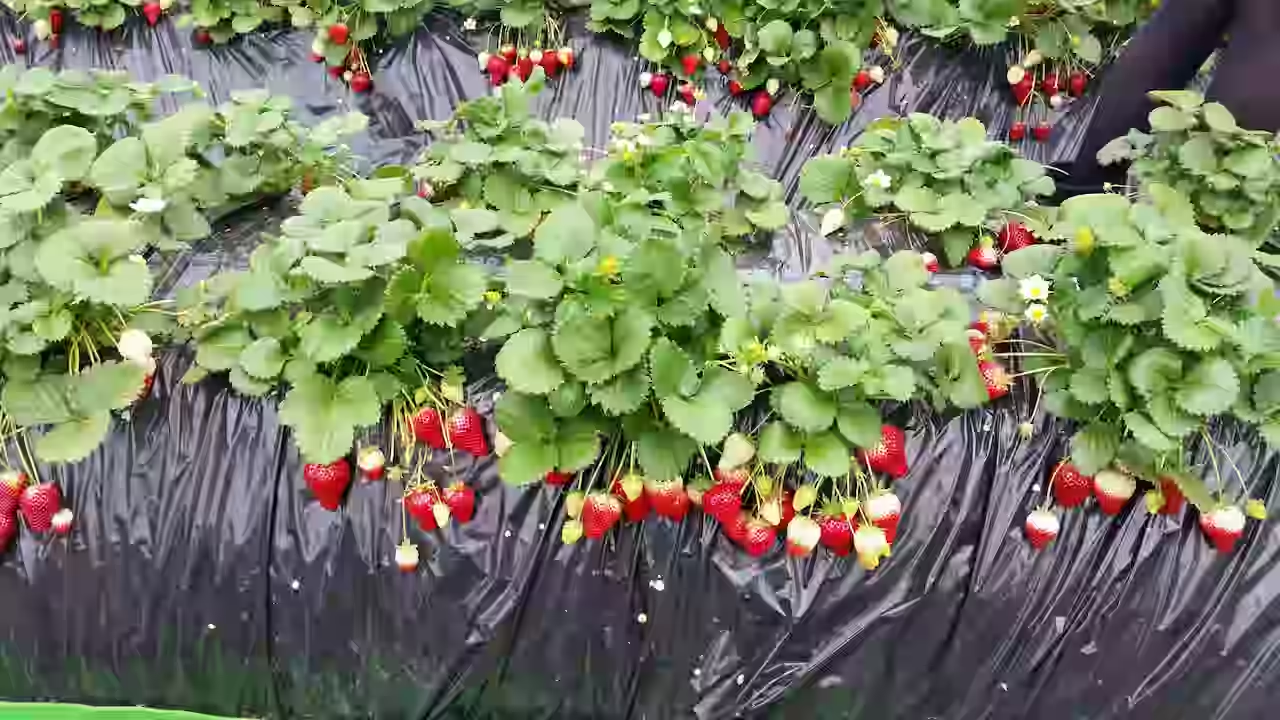
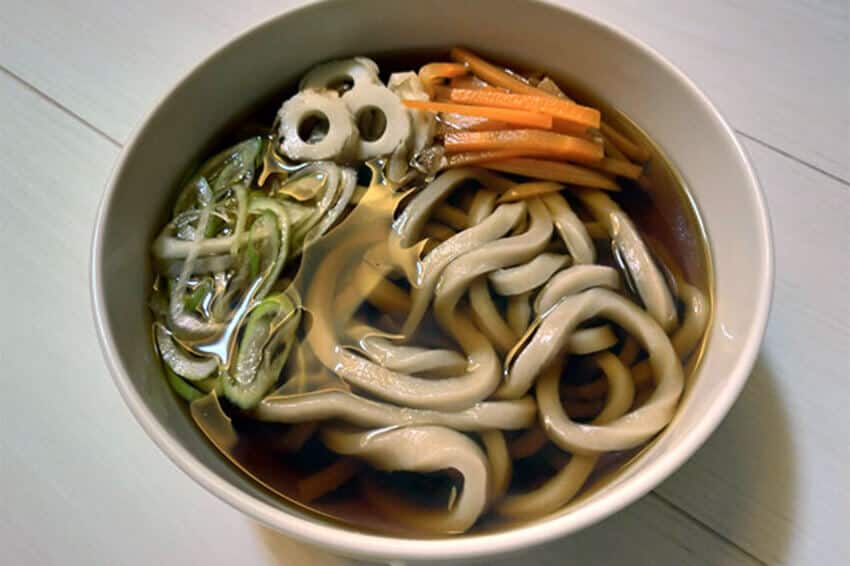
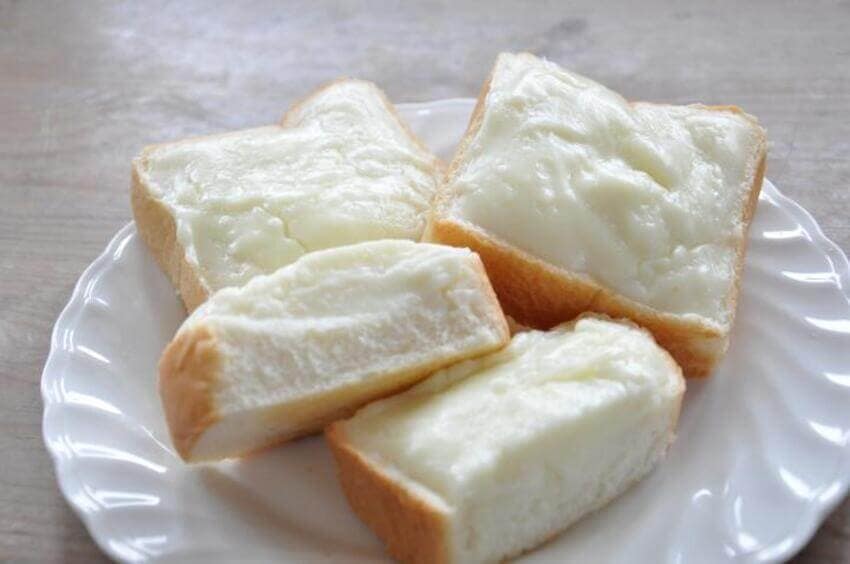



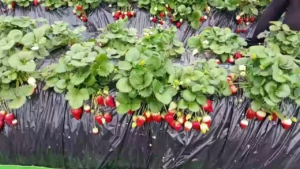


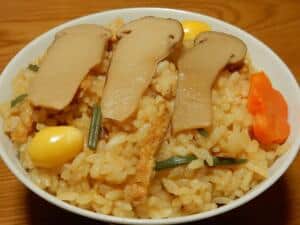
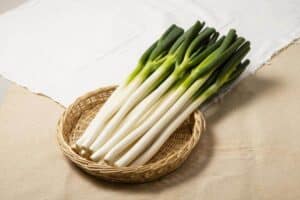

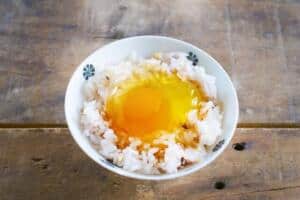
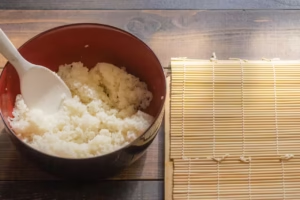

Comments